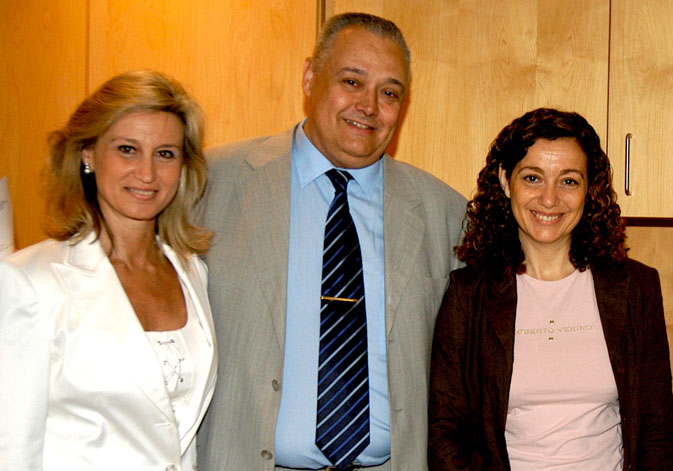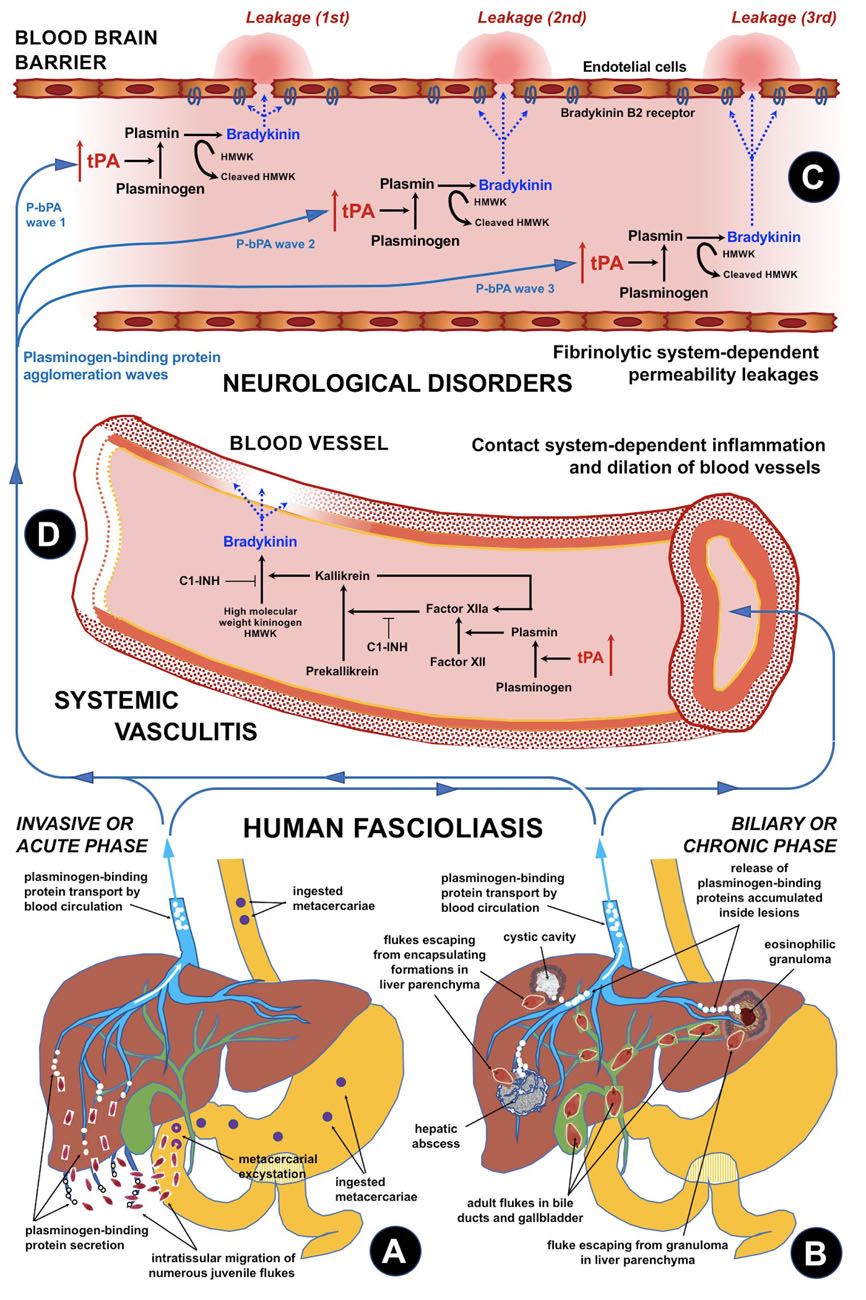
The Sanitary Parasitology teams of Pharmacy and Physiology of Medicine of the University of Valencia, in collaboration with researchers of the University of Salamanca, have opened the door to prevent the neurological risks of human fasciolosis, an emerging disease that can cause death and especially affects children.
Fasciolosis is a parasitic disease caused by two species of liver flukes: Fasciola hepatica of worldwide distribution and Fasciola gigantica restricted to Asia and Africa. The great pathogenicity of this disease has led the World Health Organization (WHO) to include it in the list of major diseases of humanity. Both species of Fasciola cause a wide variety of clinical pictures, from asymptomatic cases to severe ones that can trigger death. Among severe cases there is a wide range of neurological disorders, from paralysis of upper and lower limbs, motor and speech disorders and loss of senses, to convulsions, epilepsy and coma. Spain is the second country in the world with a greater number of these cases of neurological fasciolosis diagnosed, after France.
In an article published in the journal Parasitology, María Adela Valero and María Dolores Bargues, professors of the Department of Pharmacy and Pharmaceutical Technology and Parasitology of the University of Valencia together with the professor of the Santiago Mas-Coma area and their collaborators, show that Fasciola excretes and / or secretes a large number of proteins that induce the transformation of a plasma protein called plasminogen, into the enzyme plasmin that has the ability to degrade clots or thrombi. This transformation of plasminogen into plasmin is part of the fibrinolytic and contract systems, whose final product is a powerful proinflammatory peptide called bradykinin that increases the vasodilation of arteries and veins, and vascular permeability.
This is how Fasciola ends up generating bradykinin capable of opening the blood-brain barrier, which is a small impermeable layer of cells that acts as a protector of the brain. This barrier is located in the capillaries that irrigate the brain and acts as a filter between the blood and nervous systems, not allowing a large number of substances to pass from the blood to the brain. The opening of the blood-brain barrier by bradykinin allows access to the brain of different secretion / excretion products of Fasciola and other toxic substances derived from the pathogenic action of this parasite, with the consequent neurological effects.
Santiago Mas-Coma, WHO expert in tropical diseases and director of the study, highlights the importance of these findings, referring to “the door that opens to develop markers that allow us to diagnose the risk of patients infected with fasciolosis suffer neurological affections, since one of the great problems that these patients present with neurological symptoms is that the medical specialists who treat these patients, logically, rarely think of fasciolosis as the original cause, due to the sporadic nature of these cases”.
The professor of the University of Valencia emphasises that “it has taken us many years of work, because nobody had any idea of which were the pathways that a parasite present in the liver of the patients could use to remotely open the blood-brain barrier. There were many and varied hypotheses that different teams had shuffled, but they had always remained up in the air. Determining how the parasite causes these disorders and explaining all the complexity and clinical heterogeneity of these cases has undoubtedly been the most important challenge”.
María Adela Valero highlights “the problems inherent to the experimental part necessary to obtain fresh biological materials for the adequate realisation of extraction and analysis of excretion / secretion proteins in a vector transmission parasite through a freshwater snail and the subsequent experimental infection of laboratory animals. They are long experiments in which many things can fail. Fortunately, we met the anticipated success”.
For its part, María Dolores Bargues, president of the Spanish Society of Tropical Medicine and International Health (SEMTSI), highlights “the success of a fully Spanish collaboration in research, with two teams from the University of Valencia and one from the University of Salamanca”.
The first dissemination of this article took place in an oral lecture by Professor Mas-Coma at the Symposium of the International Federation of Tropical Medicine, at the World Congress of Parasitology held in Korea last year. The work has been financed by the Spanish Agency for International Development Cooperation (AECID), by the FIS and the RICET Network of the Ministry of Health, by the PROMETEO Program of the Valencian Givernment, and by a Development Cooperation Project of the University of Valencia.
Article:
González-Miguel, J. et al. (2019): «Numerous Fasciola plasminogen-binding proteins may underlie blood-brain barrier leakage and explain neurological disorder complexity and heterogeneity in the acute and chronic phases of human fascioliasis». Parasitology. Volume 146, Issue 3, pp. 284-298. DOI: https://doi.org/10.1017/S0031182018001464
Photo caption:
- Schematic representation of the interaction between the behavioor of the Fasciola parasite, the fibrinolytic system and the contact system. For detailed explanation see foot of Figure 5 on page 293 of the publication in Parasitology 146 (3): 284-298 (https://dx.doi.org/10.1017/S0031182018001464). Schematic design and drawing by S. Mas-Coma.
Images:
.jpg)










